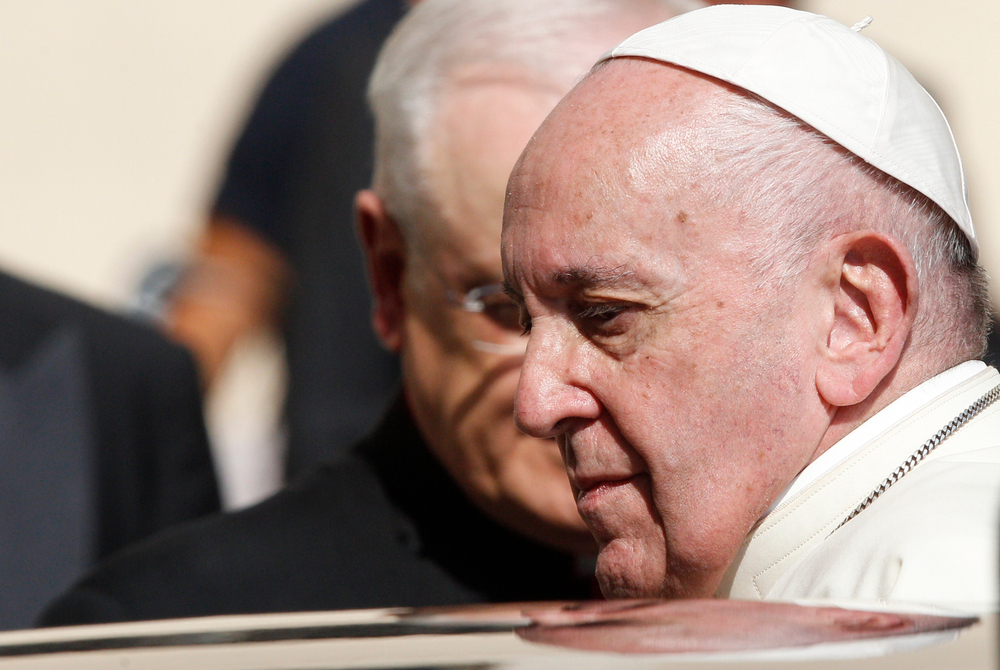
After months of anticipation, Pope Francis’s visit to Canada was made in late July. In response to growing pressure to apologize for the Catholic Church’s role in the Canadian residential school system, the 85-year-old religious figure toured Edmonton, Quebec, and Iqaluit to meet with government officials and indigenous community leaders.
Accompanied by two Canadian Cardinals, Francis’s trip marks the most public acknowledgment of the Church’s wrongdoing in regards to the residential school system to date. The past year has put the Vatican under renewed scrutiny for its participation, prompted by the grim discovery of several mass graves where these schools once stood. While there is a sense that the Pope’s visit is a step in the right direction, some believe that his visit and apology do not go far enough.
Renewed Focus on Residential Schools
The Indian residential school system is a shameful part of Canadian history. The program provided government money to build and operate boarding schools to forcibly assimilate indigenous children into Canadian society. Enrollment in these schools was mandatory for indigenous children from the 1890s through the 1940s, and such schools continued to operate until the last one was closed in 1997.
Under this program, children were forcibly separated from their families, deprived of their culture, and subjected to numerous abuses. Tragically, these facilities were often rampant with disease. The poor sanitary conditions led to the deaths of thousands of children over the years. While this was known, this dark chapter had largely been buried until mass graves were uncovered in late 2021.
Increased scrutiny has put the Vatican under fire. As part of the Indian residential school system, the Canadian government disbursed funds to religious organizations to administer the program. With Catholicism having a strong presence in Canada, Indian residential schools were disproportionately under the jurisdiction of Catholic parishes.
Francis’s Visit vs. The Vatican
The resulting media attention that followed the discovery of the mass graves proved too strong to ignore. Indigenous leaders demanded a public apology from the Vatican, and ultimately arranged an audience with the Pope himself in Vatican City to air their grievances.
During the meeting, Francis grabbed headlines by extending a personal apology to the delegation of indigenous leaders. While his personal acknowledgement of the Church’s wrongdoing was applauded, it did not equate to an official apology from the Vatican itself.
The distinction between the Pope and Vatican’s respective positions was met with criticism by activists, and while his recent tour of Canada featured further expressions of sorrow, many activists feel more needs to be done.
Many activists felt that Francis’s apology failed to be specific about the scope and nature of the abuses suffered by indigenous children. Additionally, some argued that his apology put too much focus on individuals and not enough focus on the Church as an institution.
Interestingly enough, the Canadian government seems to echo this sentiment. Canada already issued a public apology in 2008 for its role in the atrocities, and now Prime Minister Justin Trudeau has called for the Catholic Church itself to acknowledge its participation.
What We Can Learn Francis’s Visit
The atrocities committed during Canada’s residential school program are bigger than individuals. They are the culmination of broader beliefs and incentives, put forth by large institutions.
While it is true that individuals bear responsibility, individual accountability is not enough to make amends. Institutional acknowledgement and accountability are necessary because they require a reexamination of beliefs and practices. In order to truly atone and build a better future, powerful institutions must be reformed and rid themselves of the beliefs that underscored their wrongdoing.
Pope Francis has taken steps in the right direction, but the world waits for more action.


